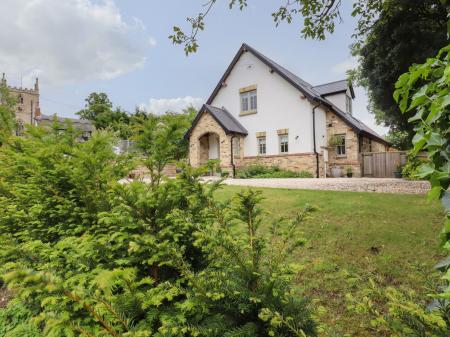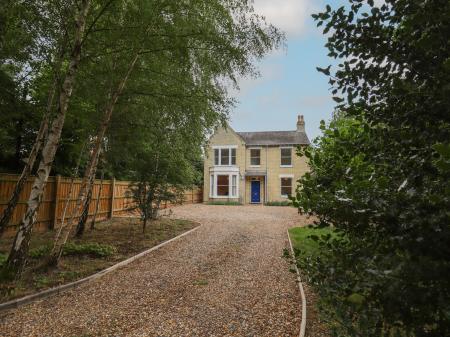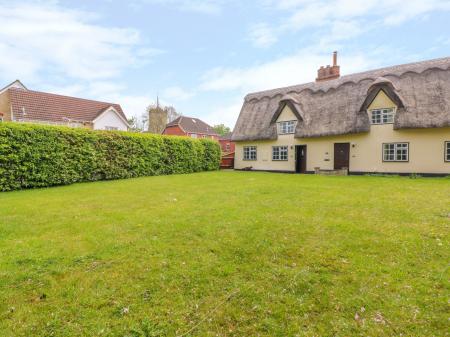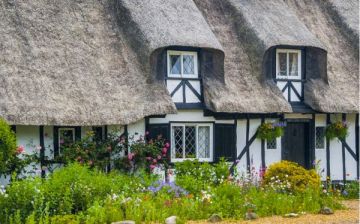
The building is of mixed clunch and fieldstone rubble with limestone dressing, under a tiled roof, and consists of an aisled nave with clerestory, chancel, south porch, and west tower. The chancel and tower remain from the 13th-century church, but the remainder of the church dates to 1488.
The main feature of historic interest at Kingston is the wonderful series of wall paintings. The most intriguing of these is over the chancel arch, where a Rood Group scene is set against a deep red background. A unique feature of this painting is the representation of an angel on either side of the cross, each holding up a cup, or chalice, to catch drops of blood from Christ's side.
In the chancel are some very early foliage designs, dating to the 13th century or even the 12th century. Also in the chancel is a scene of foot soldiers carrying lances, also thought to be 13th century. Elsewhere are paintings of the Virgin Mary, figures of saints, including St Christopher and a much-worn figure of a mounted St George, and panels of Biblical texts.
In the north aisle are 15th-century paintings depicting a wheel (symbolizing the Seven Acts of Mercy) and a horned demon (symbolizing the Seven Deadly Sins).
Aside from the wall paintings, there is a 14th-century font of a rather peculiar design It has a very plain octagonal bowl, and is supported on a series of 8 engaged columns joined by trefoiled arches. There is also a nicely carved Jacobean pulpit.
Not quite so visible is the ring of three bells, one of which dates to the 14th century, making it one of the oldest known bells in any English parish church. There are also fragments of the original medieval glass in the east window, and parts of a medieval screen have survived. In the chancel is a repainted wall memorial to Dr Fogge Newton, a Provost of King's College in Cambridge (d. 1612).
 We've 'tagged' this attraction information to help you find related historic attractions and learn more about major time periods mentioned.
We've 'tagged' this attraction information to help you find related historic attractions and learn more about major time periods mentioned.


